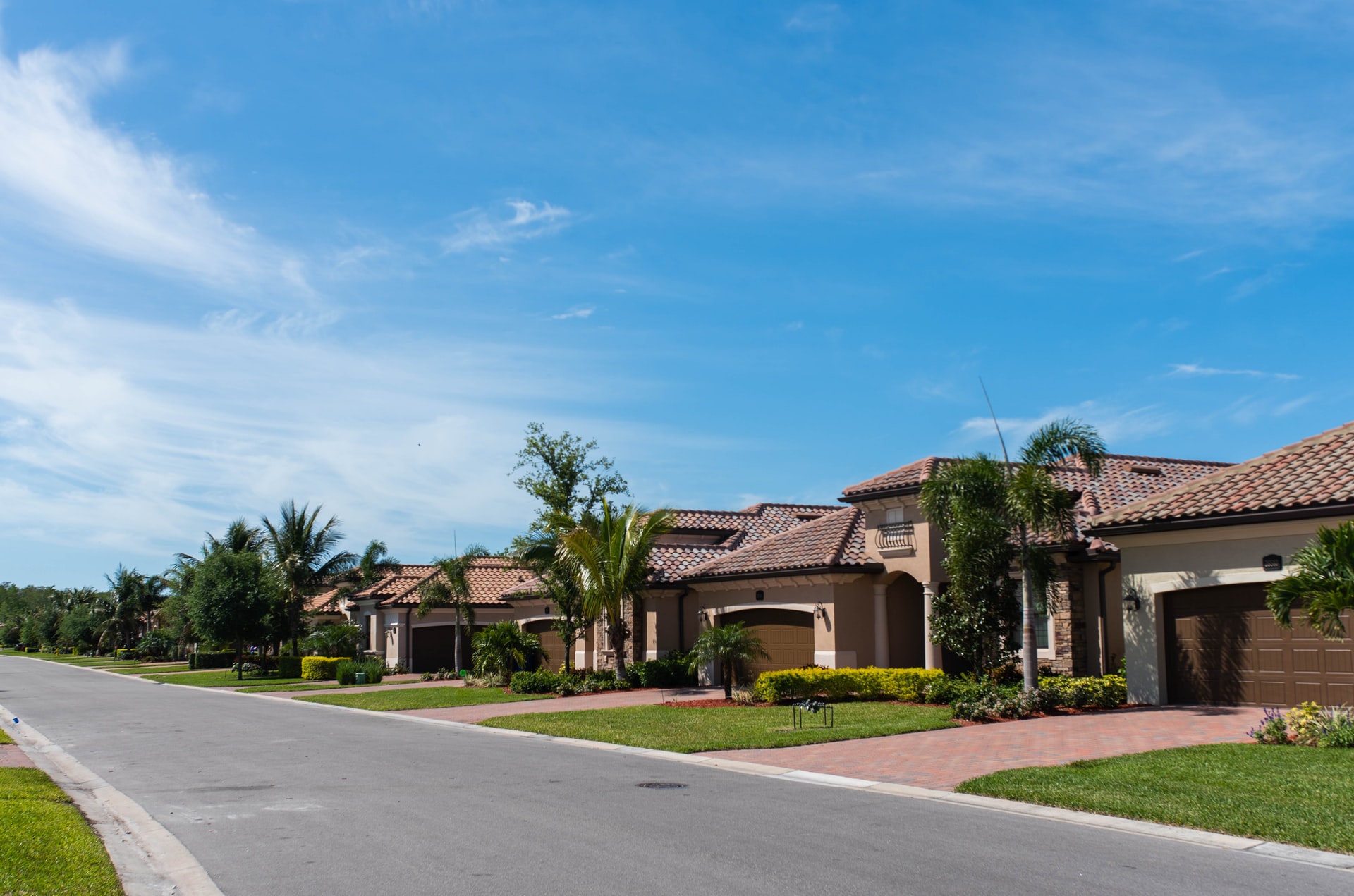U.S. buyers keep snatching up homes as soon as they hit the market. Dec. existing home sales rose 0.7%, and 2020 yearly sales were up 5.6% – the most since 2006.
WASHINGTON – Total existing-home sales – completed transactions that include single-family homes, townhomes, condominiums and co-ops, increased 0.7% month-to-month to a seasonally-adjusted annual rate of 6.76 million in December, according to the National Association of Realtors® (NAR) latest sales release.
Year-to-year, however, sales were up 22.2%.
“Home sales rose in December, and, for 2020 as a whole, we saw sales perform at their highest levels since 2006, despite the pandemic,” says Lawrence Yun, NAR’s chief economist. “What’s even better is that this momentum is likely to carry into the new year, with more buyers expected to enter the market.”
Yun predicts a continuation of the strong activity that’s currently taking place in the housing market and in the overall economy.
“Although mortgage rates are projected to increase, they will continue to hover near record lows at around 3%,” Yun says. “Moreover, expect economic conditions to improve with additional stimulus forthcoming and vaccine distribution already underway.”
The median existing-home price for all housing types in December was $309,800, up 12.9% from December 2019 ($274,500), with prices increasing in each of the four U.S. regions. December’s national price increase marks 106 straight months of year-over-year gains.
While more homeowners appear ready to sell, the uptick in late 2020 was largely driven by buyers.
Housing inventory at the end of December totaled 1.07 million units – a 16.4% drop from November and 23% drop year-to-year (from 1.39 million). The number of homes offered for sale and not yet under contract (unsold inventory) sits at an all-time low 1.9-months’ supply at the current sales pace, down from 2.3 months in November and down from the 3.0 months one year earlier.
Properties typically remained on the market for 21 days in December, seasonally even with November and down from 41 days in December 2019 – and 70% homes sold in December 2020 were on the market for less than a month.
“To their credit, homebuilders and construction companies have increased efforts to build, with housing starts hitting an annual rate of near 1.7 million in December, with more focus on single-family homes,” Yun says. “However, it will take vigorous new home construction in 2021 and in 2022 to adequately furnish the market to properly meet the demand.”
First-time buyers were responsible for 31% of sales in December, unchanged from the same time in 2019 but down from 32% in November 2020.
Individual investors or second-home buyers, who account for many cash sales, purchased 14% of homes in December, identical to the share recorded in November 2020 and a small decline from 17% in December 2019. All-cash sales accounted for 19% of transactions in December, down from 20% in both November and December 2019.
Distressed sales – foreclosures and short sales – made up less than 1% of sales in December, equal to November’s percentage but down from 2% in December 2019.
“NAR will work with the incoming Biden administration in pursuit of policies promoting housing affordability and accessibility,” says NAR President Charlie Oppler. “We were pleased with the homebuyer tax credit President Biden proposed as a candidate, and we look forward to continuing our work with Congress and the White House. We will aim to find common ground, especially related to ways of boosting home supply and working toward solutions that will protect and support homeownership and America’s broader real estate industry.”
According to Freddie Mac, the average commitment rate for a 30-year, conventional, fixed-rate mortgage decreased to 2.68% in December, down from 2.77% in November. The average commitment rate for all of 2020 was 3.11%.
Single-family home sales rose at a seasonally adjusted annual rate of 6.03 million in December, up 0.7% from 5.99 million in November, and up 22.8% from one year ago. The median existing single-family home price was $314,300 in December, up 13.5% from December 2019.
Single-family and condo/co-op sales: Existing condominium and co-op sales were at a seasonally adjusted annual rate of 730,000 units in December, up 1.4% from November and up 17.7% year-to-year. The median existing condo price was $272,200 in December, an increase of 6.9% from a year ago.
Regional breakdown: Median home prices increased year-to-year at double-digit rates in all of the four major regions NAR uses for its study.
In December 2020, existing-home sales in the Northeast climb 4.5%, recording an annual rate of 930,000 – a 27.4% increase from a year ago. The median price in the Northeast was $362,100, up 19.0% from December 2019.
Existing-home sales in the Midwest were unchanged, at an annual rate of 1,590,000 in December, but they were up 26.2% from a year ago. The median price in the Midwest was $235,700, a 13.7% increase from December 2019.
Existing-home sales in the South increased 1.1% to an annual rate of 2,860,000 in December, up 20.7% from the same time one year ago. The median price in the South was $268,100, an 11.3% increase year-to-year.
Existing-home sales in the West fell 1.4% from the month prior, at an annual rate of 1,380,000 in December, but they rose 17.9% year-to-year. The median price in the West was $467,900, up 14.2% from December 2019.
© 2020 Florida Realtors®. Reprinted with permission Florida Realtors. All rights reserved.



